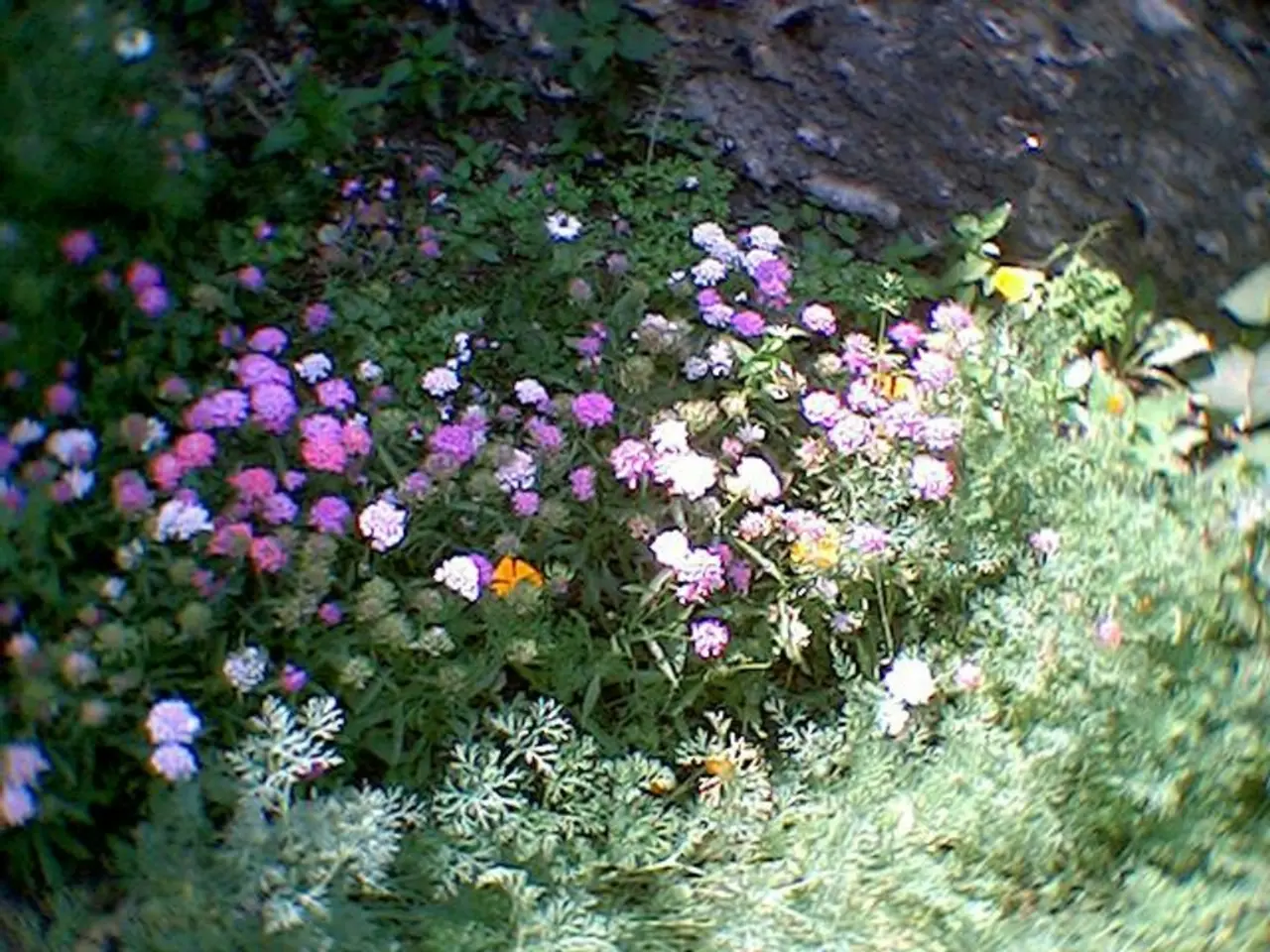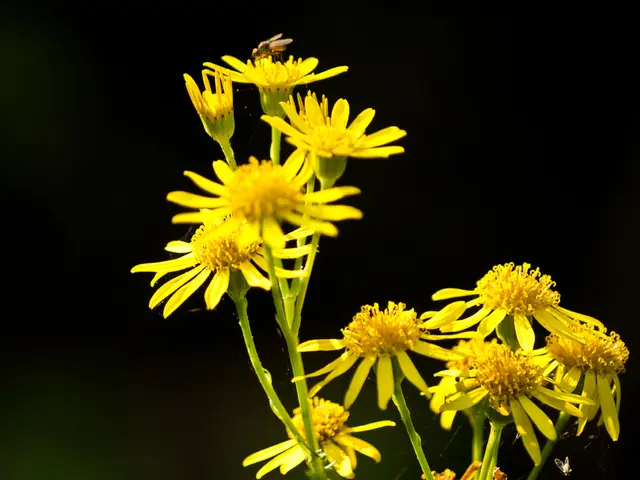Types of Orchid Varieties Identified
Orchids, with their stunning blooms and diverse appearances, are a testament to the incredible beauty of the plant world. These fascinating creatures can adapt to various light conditions, from bright shade to very bright light, and thrive in both indoor and outdoor settings.
Popular Orchid Species
Among the most popular orchids, the Phalaenopsis, often referred to as moth orchids, are renowned for their easy care and frequent blooms. Novelty hybrids within this species feature fragrance and compact growth, making them ideal for smaller collections.
Another popular choice is the Vanda orchid, known as the Trellis Orchid. These striking, airy plants produce large, vividly colored flowers several times a year and require ample space and light. Cymbidium orchids, also known as Boat Orchids, are known for their robust stems and elegant flower clusters, which come in a variety of colors and shapes.
Rare Orchid Species
On the rarer side, Phragmipedium species like P. Fritz Schomburg and P. kovachii stand out for their distinctive elongated lips, intense colors, and lush leaves. These orchids demand more attentive care but reward growers with a truly unique spectacle.
The Ghost Orchid (Dendrophylax lindenii) is another rare and prized species, known for its ethereal white flowers that appear to float. Ophrys orchids, or bee orchids, are terrestrial orchids with flowers that mimic female insects to attract specific pollinators. These small orchids typically have multiple flowers per spike.
Care Tips for Orchids
Regardless of the species, providing adequate light, good air circulation, respecting rest periods, and paying attention during bloom time are essential for orchid care. For more challenging species like Phragmipedium or Ghost Orchids, it's crucial to mimic their natural habitats by controlling humidity, temperature, and substrate.
Vandas, for example, prefer bright light and space, while novelty Phalaenopsis hybrids fit well in smaller collections due to their compact growth and frequent blooming. Cymbidium orchids thrive in cooler temperatures and bright light.
Understanding the unique needs of each orchid species is key to enjoying their stunning blooms and foliage. Whether you're drawn to the exotic beauty of the Ghost Orchid or the fragrant charm of the Miltonia Orchid, also known as the Pansy Orchid, there's an orchid to suit every taste.
[1] Orchids require well-drained growing mediums and thrive in humid environments and warm weather temperatures. [2] The Paphiopedilum Orchid, or Lady's Slipper Orchid, prefers a growing temperature of 60-70°F and thrives in shaded conditions. [3] The Miltonia Orchid is best suited to 55-70°F and is native to the cloud forests of South America, growing up to 12-20 inches tall. [4] The Vanda Orchid requires high humidity and warm weather temperatures, thriving in 70-90°F. These orchids are native to subtropical Asia and can grow up to 24-48 inches tall. [5] Vandas are known for their vibrant colors and intricate patterns. They prefer to grow mounted, allowing their aerial roots to remain exposed to the humid environment. The Vanda Orchid's aerial roots add a fascinating visual element to orchid mounts.
- While Phragmipedium and Ghost Orchids require more attentive care, they offer a unique spectacle that is truly worth the effort for dedicated enthusiasts.
- Orchids are not only a popular addition to lifestyle, fashion-and-beauty, and home-and-garden settings, but they also engage the curiosity of environmental-science and technology communities due to their adaptability and complex growth patterns.
- In education-and-self-development forums, orchid care discussion groups often emphasize the importance of understanding each species' unique needs to enjoy their stunning blooms and foliage.
- From horticultural data-and-cloud-computing platforms to travel blogs sharing exotic orchid sightings, orchids have become a universally appreciated subject that transcends borders and interests.
- Advanced techniques in food-and-drink industry, such as selective breeding for increased fragrance or compact growth, are opening new horizons for novelty Phalaenopsis hybrids, broadening the scope of their appeal in the fashion-and-beauty world.




